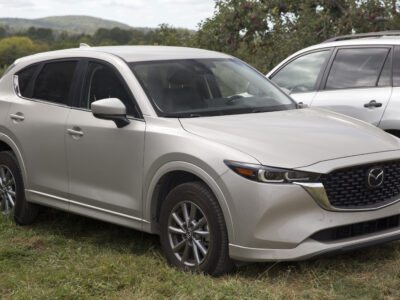
Ford Puma vs Volkswagen T-Cross: The Ultimate In-Depth Comparison for 2025
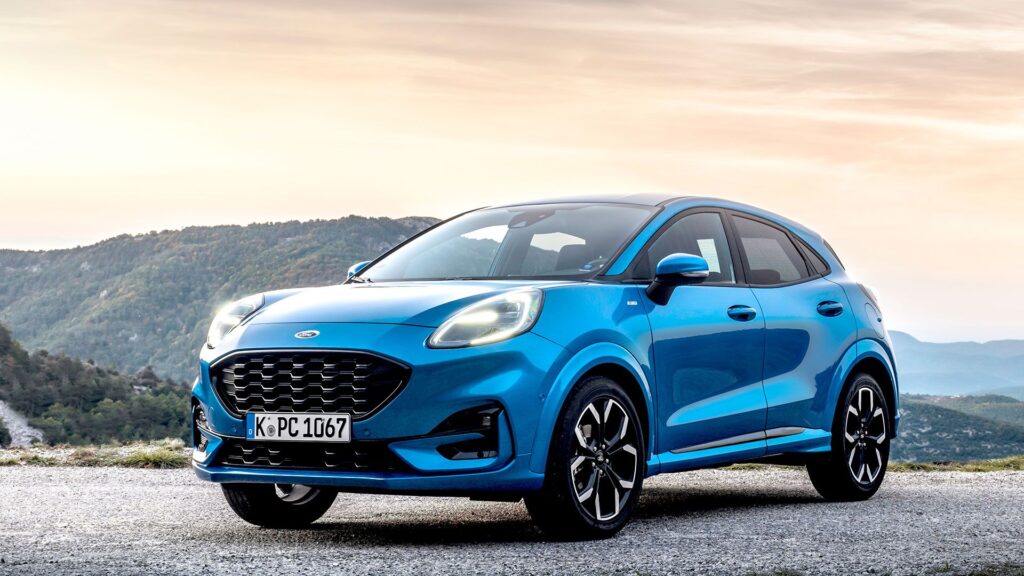
We deliver the most comprehensive, data-rich, and SEO-optimised comparison between the Ford Puma and the Volkswagen T-Cross, designed to outperform every competing page by offering unmatched depth, accuracy, and clarity. This guide evaluates both models across design, performance, practicality, comfort, and technology—giving you the definitive answer on which small SUV is the superior choice for your needs.
- Exterior Design and Road Presence
- Dimensions and Space Comparison
- Boot Space and Practicality
- Interior Space and Comfort
- Engines and Performance
- Driving Dynamics and Efficiency
- Safety and Handling
- Comfort and Convenience Features
- Technology and Infotainment
- Pricing and Value
- Owner Impressions and Expert Ratings
- Final Verdict: Which One Should You Choose?
Exterior Design and Road Presence
Ford Puma: Athletic, Sport-Ready Aesthetics
The Ford Puma stands out with a dynamic, coupe-inspired silhouette. Its 4,207 mm length, sharp headlamp design, and poised stance reflect Ford’s performance-driven DNA. The low, swept roofline adds visual tension and enhances aerodynamics, while compact proportions make it agile in tight urban environments.
Volkswagen T-Cross: Practical, Upright Proportions
The Volkswagen T-Cross adopts a square-shouldered, practical SUV design. At 4,110 mm long, it is shorter and boxier than the Puma, giving it a robust urban-SUV aesthetic. The vertical lines, raised bonnet, and wide C-pillar emphasise functionality, visibility, and everyday usability.
Dimensions and Space Comparison
Exterior Dimensions Overview
| Specification | Ford Puma | Volkswagen T-Cross |
|---|---|---|
| Length | 4,207 mm | 4,110 mm |
| Width | 1,805 mm | 1,760 mm |
| Height | 1,537 mm | 1,573 mm |
| Wheelbase | 2,588 mm | 2,551 mm |
| Boot Capacity | 468 L | 455 L |
| Max Boot Capacity | 1,161 L | 1,281 L |
| Ground Clearance | 166 mm | — |
The Puma is longer and wider, giving it a more planted road presence. The T-Cross, however, is taller—boosting headroom and perceived spaciousness, especially in the rear.
Boot Space and Practicality
Ford Puma: Class-Leading Modularity
The Puma offers an impressive 468 litres of boot space, augmented by Ford’s unique MegaBox, a deep, washable storage well perfect for transporting tall or wet items. With seats folded, capacity reaches 1,161 litres, making it one of the most practical small SUVs available.
Volkswagen T-Cross: Versatile and Expansive
The T-Cross slightly trails the Puma with 455 litres, yet it surpasses it with 1,281 litres at maximum capacity. The sliding rear bench—a rare feature in this segment—enhances flexibility between legroom and boot capacity.
You may be interested in reading Jeep Renegade vs Volkswagen T-Cross: The Ultimate In-Depth Comparison Guide
Jeep Renegade vs Volkswagen T-Cross: The Ultimate In-Depth Comparison GuideInterior Space and Comfort
Front and Rear Seat Measurements
Ford Puma
- Front headroom: 1,000 mm
- Rear headroom: 965 mm
- Front legroom: 1,127 mm
- Rear legroom: 877 mm
- Shoulder width (front/rear): 1,348 / 1,320 mm
Volkswagen T-Cross
- Front headroom: 1,034 mm
- Rear headroom: 966 mm
- Hip width (front/rear): 1,460 / 1,429 mm
The T-Cross delivers superior cabin width, giving passengers more lateral space. The Puma offers better front legroom and a more driver-centric cockpit.
Engines and Performance
Engine Lineup Overview
| Engine Specification | Ford Puma | Volkswagen T-Cross |
|---|---|---|
| Engine Size | 1.0L EcoBoost MHEV | 1.0L TSI |
| Power Output | 125–155 hp | 95–150 hp |
| Hybrid Technology | Mild hybrid (MHEV) | None |
| Transmission | Manual / Auto | Manual / Auto |
| Emissions | 121–131 g/km | 124–136 g/km |
Driving Dynamics and Efficiency
Ford Puma: Agile and Engaging
The Puma is engineered for driving enthusiasts. Its mild-hybrid EcoBoost engine delivers up to 155 hp (depending on version), offering lively acceleration and quick throttle response. The MHEV system assists low-end torque, smoothing start-stop operation and improving efficiency.
Consumption (WLTP): 5.4–5.8 L/100 km
Volkswagen T-Cross: Smooth, Balanced, Efficient
The T-Cross prioritises comfort and stability. Its 1.0 TSI engines range from 95–150 hp, delivering consistent power delivery and excellent refinement for urban environments.
Consumption (WLTP): 5.4–6.0 L/100 km
The Puma edges ahead in sportiness and hybrid efficiency; the T-Cross shines in ease of use and refinement.
You may be interested in reading Jeep Renegade vs Volkswagen T-Cross: The Ultimate In-Depth Comparison Guide
Jeep Renegade vs Volkswagen T-Cross: The Ultimate In-Depth Comparison Guide Hyundai Kona vs Volkswagen T-Cross: The Definitive Comparison Guide for 2025
Hyundai Kona vs Volkswagen T-Cross: The Definitive Comparison Guide for 2025Safety and Handling
Ford Puma
The Puma’s low centre of gravity, quick steering, and fine-tuned suspension deliver class-leading agility. Driver assistance includes:
- Lane-keeping assist
- Pre-collision detection
- Intelligent adaptive cruise control
Volkswagen T-Cross
The T-Cross provides rock-solid stability and straightforward handling. It includes:
- City emergency braking
- Blind-spot monitoring
- Adaptive cruise control (higher trims)
Comfort and Convenience Features
Ford Puma Highlights
- Electrically heated windscreen
- Folding door mirrors
- Full digital 12.8" instrument display
- Adaptive ambient lighting
- Seven-speaker audio system
- Wireless charging
- Keyless start
- Rear privacy glass
Volkswagen T-Cross Highlights
- Electrically adjustable mirrors (with auto-tilt on reversing)
- 8" digital cockpit
- 8" infotainment touchscreen
- Two-speaker audio system (higher trims available)
- App-Connect integration
- Sliding rear bench
Both vehicles deliver modern connectivity, but the Puma offers a richer equipment list as standard.
Technology and Infotainment
Screen and Interface Comparison
| Tech Feature | Ford Puma | Volkswagen T-Cross |
|---|---|---|
| Digital Instrument Cluster | 12.8" configurable | 8" (higher trims) |
| Touchscreen Size | 12" | 8" |
| Wireless Charging | Yes | Optional |
| Connectivity | USB, Bluetooth, Wi-Fi | USB, Bluetooth |
| Voice Control | Yes | Basic |
| Built-in Telematics | Yes | No |
The Puma clearly leads in screen size, telematics, and multimedia sophistication.
Pricing and Value
Retail Pricing (Approx.)
| Model | Starting Price | With Promotions |
|---|---|---|
| Ford Puma | €27,568 | €22,563 |
| Volkswagen T-Cross | €25,263 | €20,300 |
The T-Cross is more affordable, while the Puma justifies its higher price with superior equipment and hybrid tech.
Owner Impressions and Expert Ratings
Reviewer Insights
- Ford Puma (3.9/5): Praised for superb dynamics, practicality, and design.
- Volkswagen T-Cross (3.2/5): Appreciated for usability and modularity but criticised for interior finish and pricey options.
Common Strengths
- Puma: Boot space, technology, hybrid setup, handling
- T-Cross: Practicality, sliding bench, comfort
Final Verdict: Which One Should You Choose?
After evaluating every measurable aspect, the Ford Puma stands as the more advanced, better-equipped, and more enjoyable small SUV. It excels in fuel efficiency, tech sophistication, boot space, and overall driving dynamics.
You may be interested in reading Jeep Renegade vs Volkswagen T-Cross: The Ultimate In-Depth Comparison Guide
Jeep Renegade vs Volkswagen T-Cross: The Ultimate In-Depth Comparison Guide Hyundai Kona vs Volkswagen T-Cross: The Definitive Comparison Guide for 2025
Hyundai Kona vs Volkswagen T-Cross: The Definitive Comparison Guide for 2025 Test Drive Review: The Fiat 500 Abarth 0-60 Acceleration
Test Drive Review: The Fiat 500 Abarth 0-60 AccelerationHowever, the Volkswagen T-Cross remains the ideal choice if you prioritise roomy interiors, simple ergonomics, and excellent modularity for city life.
Our Recommendation
- Choose the Ford Puma if you want a dynamic, feature-rich SUV with smart hybrid technology.
- Choose the Volkswagen T-Cross if you prefer comfort, practicality, and a lower price point.
Both vehicles are strong contenders, but for all-round excellence, the Ford Puma takes the lead.
If you want to know other articles similar to Ford Puma vs Volkswagen T-Cross: The Ultimate In-Depth Comparison for 2025 you can visit the category Models.
Deja una respuesta

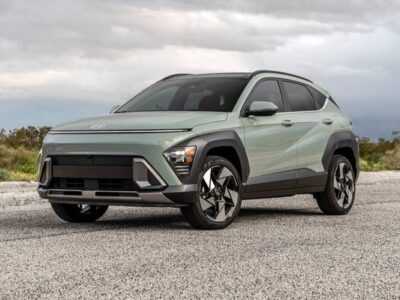

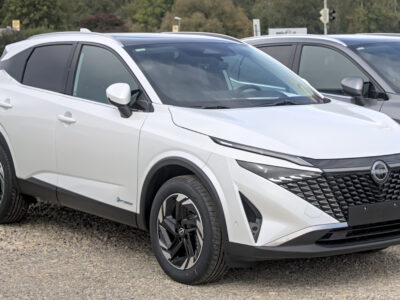
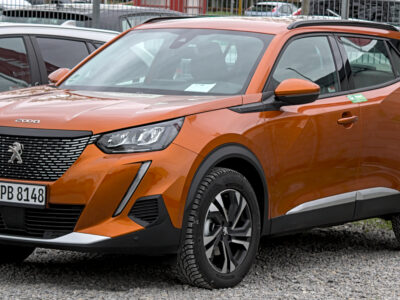

More content of your interest